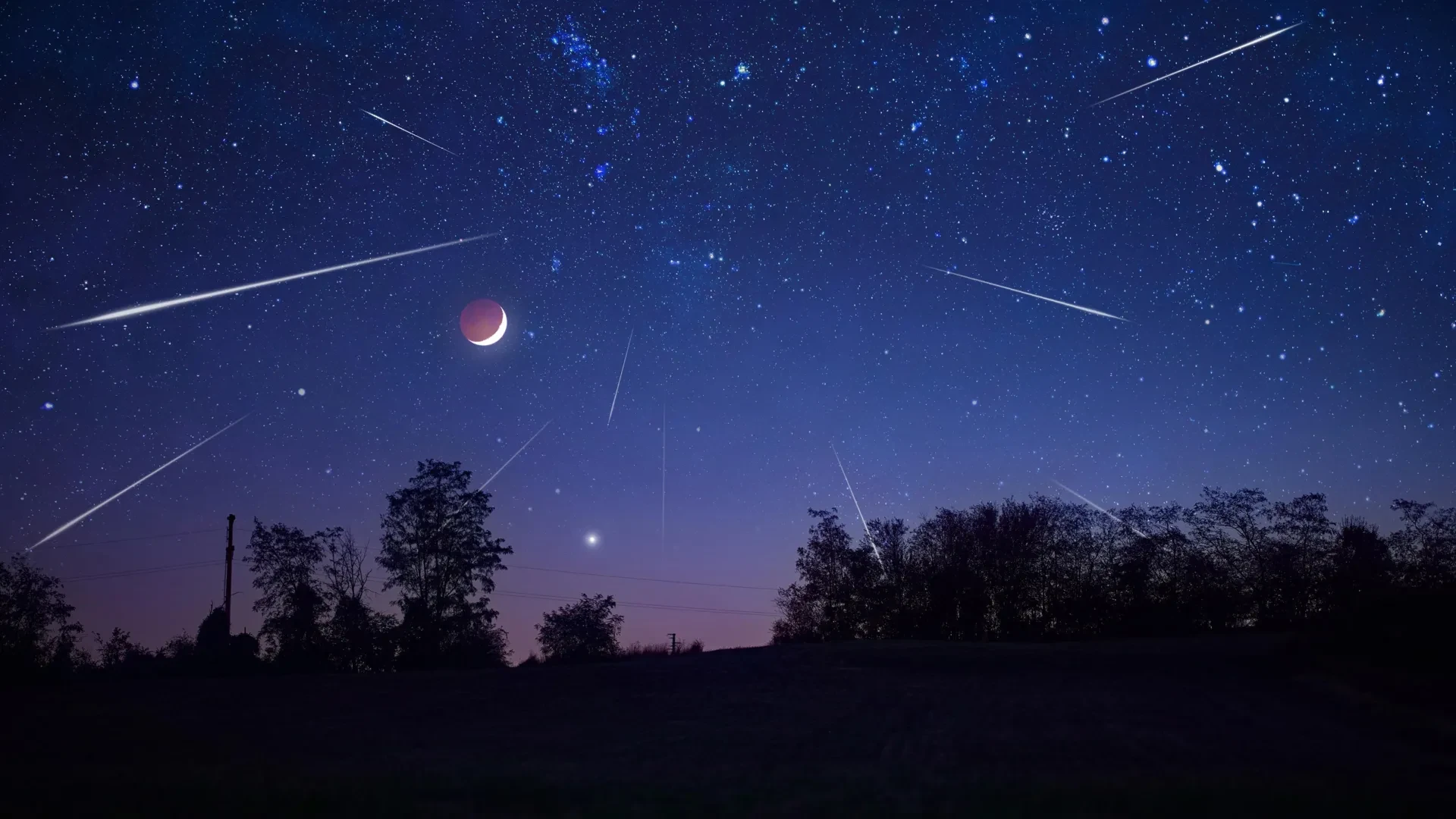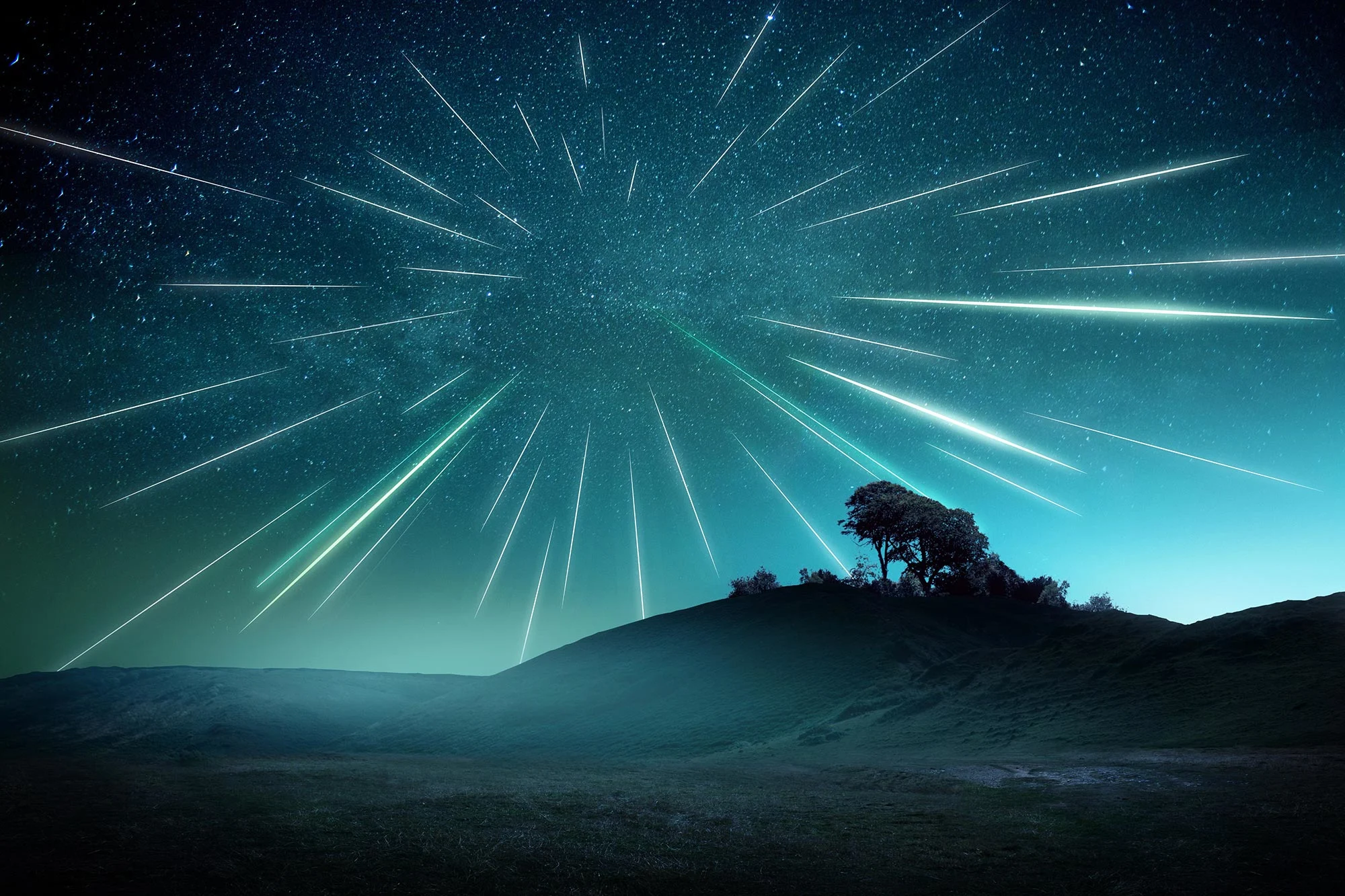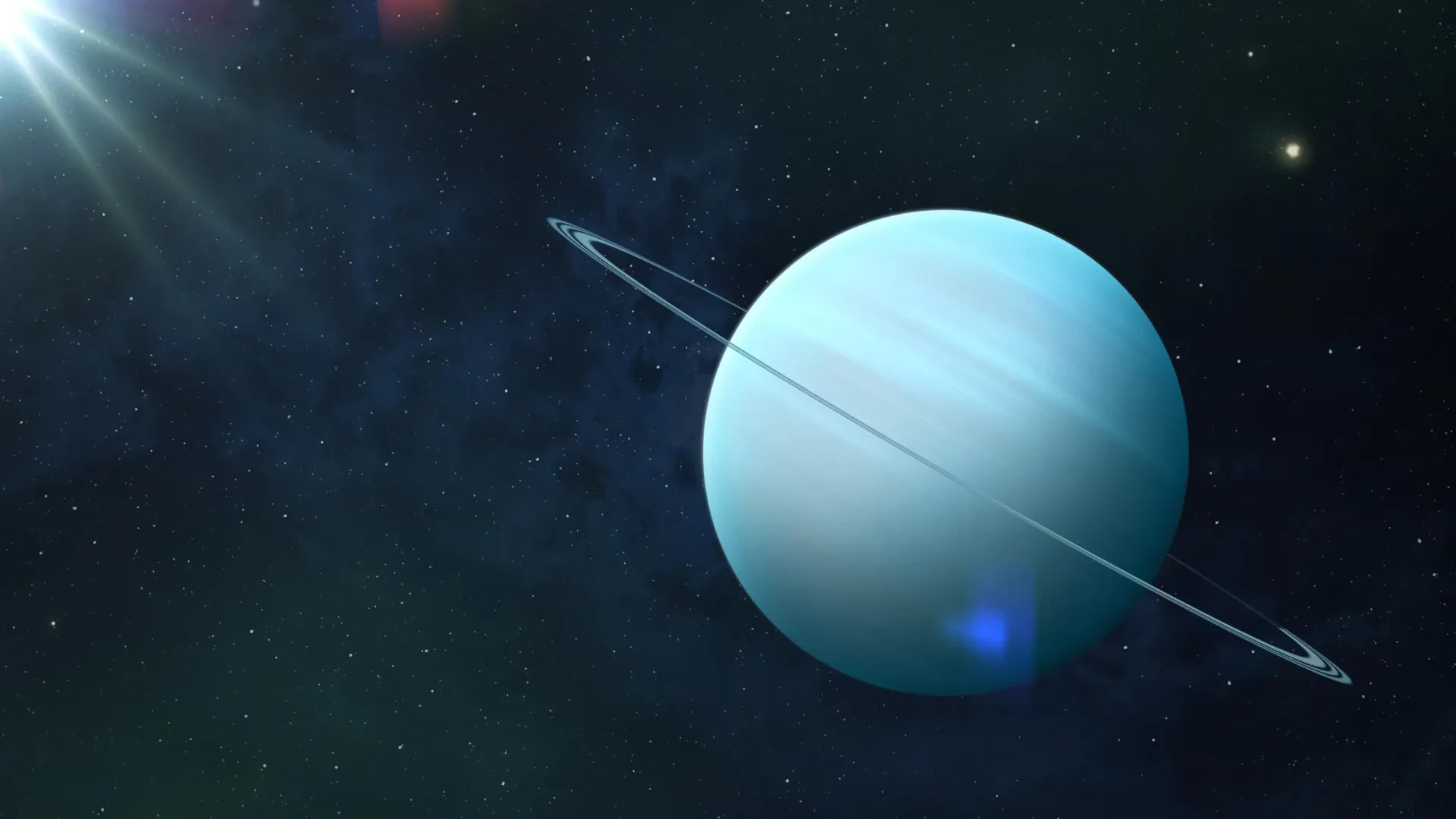October 2025 presents a celestial spectacle with a brilliant supermoon and two distinct meteor showers, the Draconids and Orionids. The supermoon's glare will challenge Draconid viewing, while the Orionids promise a better show under darker skies later in the month.

October 6, 2025

Source:
Space
Supermoon to Illuminate October Sky
Stargazers should mark their calendars for October 6, when a supermoon will grace the night sky. This celestial event occurs when the full moon coincides with its closest approach to Earth, known as perigee. According to NASA, this alignment makes the moon appear up to 14% larger and 30% brighter than a typical full moon.
The increased luminosity will create a dazzling spectacle for moon-watchers.
A Challenge for Meteor Viewing
While the supermoon is a highlight, its timing presents a challenge for another astronomical event. The bright moonlight is expected to create significant skyglow, potentially obscuring the Draconid meteor shower, which peaks just two days later on October 8. Only the brightest of the Draconid meteors will likely be visible against the glare.
Keep up with the story. Subscribe to the PR+ free daily newsletter

Source:
ScienceDaily
A Tale of Two Meteor Showers
October offers two distinct meteor showers, each with unique characteristics and viewing prospects.
The Draconids: An Early Evening Event
The Draconid meteor shower, active from October 6-10, is produced by debris from the comet 21P/Giacobini-Zinner. It radiates from the constellation Draco in the northern sky.
Viewing Time: Unlike most showers, the Draconids are best seen in the early evening, just after sunset.
Expected Rate: Viewers can typically expect a modest rate of up to 10 meteors per hour, though rare outbursts have been recorded in the past.
Challenge: This year, the shower's peak coincides with the bright supermoon, which will reduce visibility.
The Orionids: A Better Prospect
Later in the month, the Orionid meteor shower offers a more promising show. Peaking on October 21, the Orionids originate from debris left by the famed Halley’s Comet.
The shower benefits from darker skies, as the moon will be in its new phase and will not interfere with viewing. The Orionids are known for their speed and brightness, often leaving persistent trails. Under ideal conditions, stargazers could see up to 20 meteors per hour, according to the American Meteor Society.
Read More

Source:
SciTechDaily
Share this news:




















